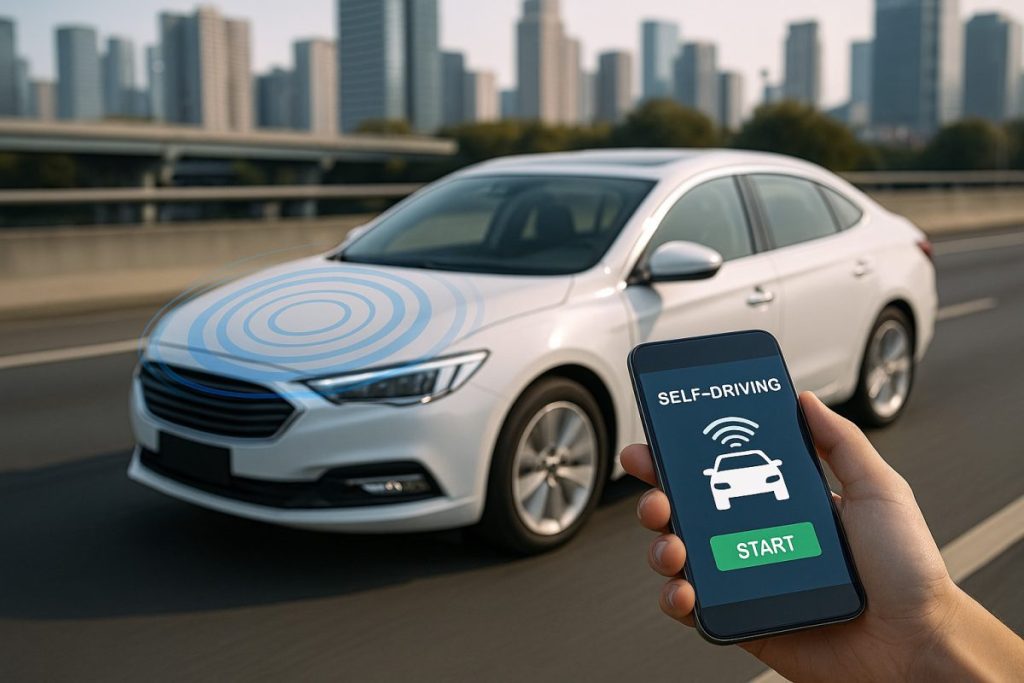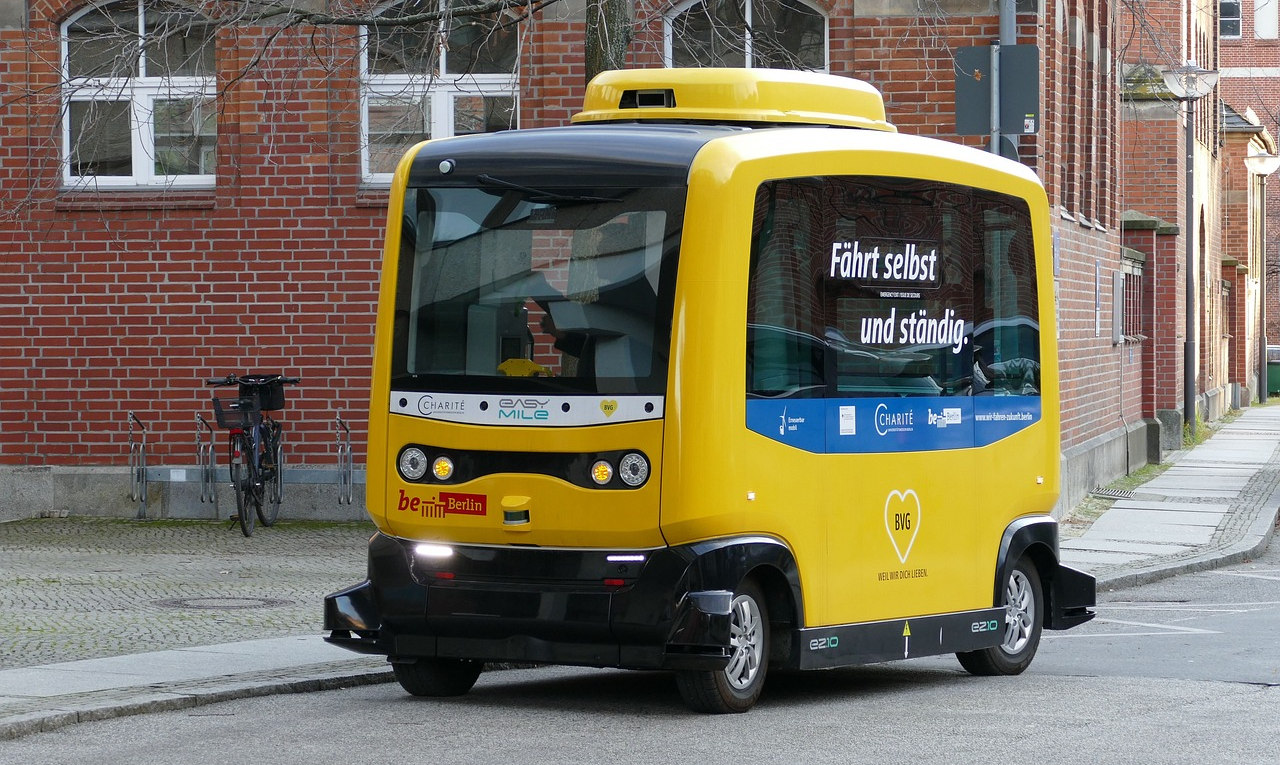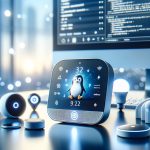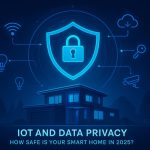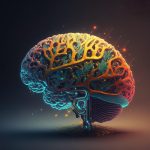Self-driving cars are no longer just a futuristic dream. Thanks to advancements in Artificial Intelligence (AI), sensors, and the Internet of Things (IoT), autonomous vehicles are becoming a real part of modern transportation. In fact, IoT in self-driving cars is one of the most important technologies enabling vehicles to drive safely, efficiently, and intelligently without human intervention.
In this article, we’ll explore how IoT technology powers autonomous vehicles, the systems behind it, and why it’s vital for the future of transportation.
What is IoT in Self-Driving Cars?
The Internet of Things (IoT) refers to a network of interconnected devices that collect, transmit, and act on data. In the case of self-driving cars, IoT systems allow vehicles to gather information from their environment, make real-time decisions, communicate with other devices, and constantly update their software and capabilities.
Without IoT, self-driving cars wouldn’t be able to “see,” “hear,” or “talk” to the world around them — all essential skills for safe autonomous navigation.
Ethical considerations surrounding self-driving cars
How IoT Powers Autonomous Vehicles
1. Real-Time Data Collection from Sensors
Self-driving cars are equipped with a wide array of sensors such as:
- LIDAR (Light Detection and Ranging)
- Radar
- Cameras
- Ultrasonic sensors
These devices continuously gather real-time data about surrounding vehicles, road conditions, pedestrians, traffic signals, and weather patterns. IoT technology enables all this data to be processed locally (at the “edge”) and transmitted to cloud platforms when needed.
2. Vehicle-to-Everything (V2X) Communication
IoT enables self-driving cars to communicate not only with each other (Vehicle-to-Vehicle, V2V) but also with:
- Traffic infrastructure (Vehicle-to-Infrastructure, V2I)
- Pedestrians’ mobile devices (Vehicle-to-Pedestrian, V2P)
- The cloud (Vehicle-to-Network, V2N)
This system is called V2X communication, and it helps prevent accidents, optimize traffic flow, and ensure faster emergency responses.
3. Cloud Connectivity and Over-the-Air Updates
Self-driving cars frequently receive software updates, patches, and improvements remotely — without needing a service center visit. Thanks to IoT cloud platforms, manufacturers can:
- Monitor vehicle health remotely
- Deploy real-time map updates
- Improve self-driving algorithms over time
Tesla is one of the best-known examples of using IoT cloud systems to improve its Autopilot and Full Self-Driving (FSD) capabilities after vehicles are already on the road.
4. Predictive Maintenance and Diagnostics
IoT sensors monitor the vehicle’s components, detecting early signs of wear and tear. By analyzing this data:
- Drivers receive alerts before a breakdown occurs
- Maintenance schedules are optimized
- Long-term vehicle health improves
This not only saves money but also ensures the safety of the autonomous driving experience.
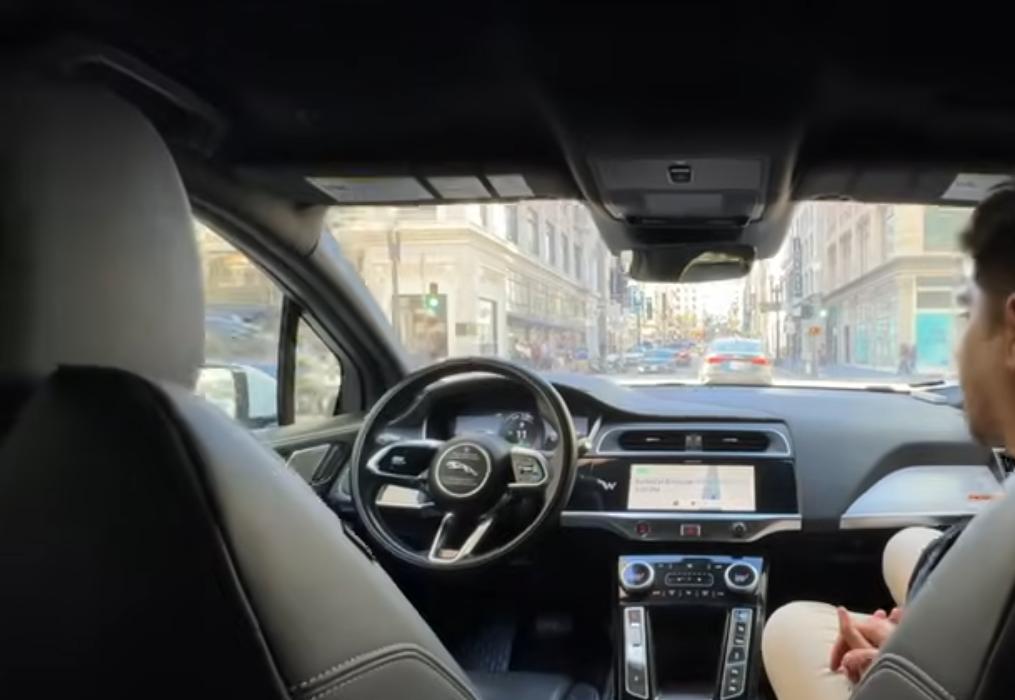
Benefits of IoT in Self-Driving Cars
- Increased Safety: Real-time communication and environment awareness significantly reduce accident risks.
- Traffic Optimization: IoT-connected vehicles can adjust routes and speeds to avoid traffic congestion.
- Environmental Impact: Smarter route planning and energy management contribute to lower emissions.
- Enhanced Passenger Experience: Features like personalized cabin settings, streaming services, and predictive navigation improve comfort and convenience.
Challenges to Overcome
While the integration of IoT in self-driving cars is groundbreaking, some challenges still exist:
- Data Privacy and Security: Vehicles generate massive amounts of personal and location data. Securing this information is critical.
- Network Reliability: Autonomous vehicles rely on low-latency, high-speed internet (like 5G). In areas with poor connectivity, performance could suffer.
- Standardization: Different automakers and technology providers must collaborate on common communication standards for maximum efficiency.
The Future of IoT and Autonomous Vehicles
As IoT technology matures, self-driving cars will become even more autonomous, intelligent, and safe. Future improvements may include:
- Greater use of AI and Machine Learning to adapt to unique driving conditions
- More robust cybersecurity frameworks protecting vehicle data
- Seamless integration with smart cities, traffic management systems, and energy grids
The combination of IoT and AI will transform self-driving vehicles from isolated machines into fully connected parts of an intelligent transportation network.
Final Thoughts
The synergy between IoT and self-driving cars is setting the stage for a new era in mobility. IoT in self-driving cars makes it possible for vehicles to “think,” “communicate,” and “learn,” pushing the boundaries of what transportation can achieve. As technology advances, we can expect safer roads, cleaner cities, and a world where commuting becomes smarter and more efficient than ever before.
image: youtube
- Automated Online Trading: How IoT is Redefining Financial Markets
 Introduction automated online trading In a world where milliseconds can decide millions, the fusion of Internet of Things (IoT) technology and automated online trading is reshaping global finance. What once relied solely on human judgment now increasingly depends on connected machines, real-time data, and predictive algorithms. From weather sensors influencing agricultural trades to smart logistics…
Introduction automated online trading In a world where milliseconds can decide millions, the fusion of Internet of Things (IoT) technology and automated online trading is reshaping global finance. What once relied solely on human judgment now increasingly depends on connected machines, real-time data, and predictive algorithms. From weather sensors influencing agricultural trades to smart logistics… - The Role of Linux in IoT: Powering the Connected World
 The Internet of Things (IoT) is everywhere—from smart homes and wearable devices to industrial automation and self-driving cars. Behind the scenes, one operating system plays a surprisingly dominant role: Linux. Known for its stability, flexibility, and open-source nature, Linux has become the backbone of countless IoT devices and platforms. But what makes Linux so well-suited…
The Internet of Things (IoT) is everywhere—from smart homes and wearable devices to industrial automation and self-driving cars. Behind the scenes, one operating system plays a surprisingly dominant role: Linux. Known for its stability, flexibility, and open-source nature, Linux has become the backbone of countless IoT devices and platforms. But what makes Linux so well-suited… - The Smart Home Revolution in 2025: How IoT is Transforming Everyday Living
 In the past decade, the vision of a truly smart home has moved from futuristic fantasy to everyday reality. As we step into 2025, the Internet of Things (IoT) has matured into a robust ecosystem, connecting appliances, security systems, lighting, and even entertainment devices under one seamless digital roof. The result? Homes that are safer,…
In the past decade, the vision of a truly smart home has moved from futuristic fantasy to everyday reality. As we step into 2025, the Internet of Things (IoT) has matured into a robust ecosystem, connecting appliances, security systems, lighting, and even entertainment devices under one seamless digital roof. The result? Homes that are safer,… - IoT and Data Privacy: How Safe Is Your Smart Home in 2025? – IoT Security
 The smart home revolution has made everyday life more convenient than ever. From voice assistants that control the lights to security cameras that send alerts directly to your phone, connected devices have become part of our daily routines. But with this convenience comes an important question: how safe is your personal data in a world…
The smart home revolution has made everyday life more convenient than ever. From voice assistants that control the lights to security cameras that send alerts directly to your phone, connected devices have become part of our daily routines. But with this convenience comes an important question: how safe is your personal data in a world… - Geofencing in Smart Homes: Automating Your Life Based on Location
 Imagine pulling into your driveway after a long day—your porch lights switch on, the thermostat adjusts to the perfect temperature, and your door unlocks automatically. This isn’t science fiction—it’s geofencing, one of the most powerful yet underused tools in smart home automation. What Is Geofencing? Geofencing creates a virtual boundary around a physical location—such as…
Imagine pulling into your driveway after a long day—your porch lights switch on, the thermostat adjusts to the perfect temperature, and your door unlocks automatically. This isn’t science fiction—it’s geofencing, one of the most powerful yet underused tools in smart home automation. What Is Geofencing? Geofencing creates a virtual boundary around a physical location—such as…
